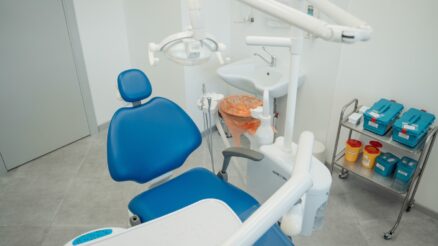For centuries Latin American mining has staged global investors. In the short term, the assignment was an outstanding success with Pizarro ransoming captured Inca Emperor Atahualpa for 13,000 pounds (pounds ) of gold and twice as much silver. In the present costs that’s nearly $3billion value of gold although that the silver comes to a paltry #6million. In the next years, waves of new investors scoured the area searching for comparable pots of golden but frequently with much less success. The mythical El Dorado, for an instance, initially thought to be a warrior, then a kingdom, eventually proven to be a waste of money and time for the British, German, and Spanish investors who backed expeditions to locate it.
After Latin American nations gained independence, approximately 200 decades back, global mining investors needed to alter their strategy. However, the lure of Latin America’s mining industry remains equally as powerful. It’s the planet’s biggest reserves of copper, silver, and lithium with lots of gold to boot.
The area’s metal prosperity is not anything new — only ask Pizarro — what has changed are the terms above ground. Latin America has emerged as a mining-friendly authority with a vast array of global mining companies listed on Canadian, US, Australian, and British stock markets. The progression of strong democracies throughout the area since the 1980s has enabled many Latin American nations to eventually develop honest systems to handle international mining investment. Of course, profiting from recycled metals would be a risky business — Pizarro was hacked to death, spending his last minutes daubing himself using a cross in his blood. However, from strong, London-listed personalities producing a constant stream of earnings, to aspirational explorers searching for that upcoming big find, Latin America has lots to offer MoneyWeek subscribers.

Latin America’s metal riches
The very best thing about Latin America for mining investors is it is remarkably full of precious and base metals. The area’s mining powerhouses of Chile, Peru, Brazil, and Mexico are especially blessed. As stated by the US Geological Survey, Chile gets the world’s biggest reserves of both aluminum and lithium as well as also the seventh-largest silver reserves. Peru gets the world’s biggest silver reserves, third-largest gas reserves, third-largest zinc reserves, fourth-largest nickel reserves, and fifth-largest gold reserves. Mexico has the world’s fourth-largest zinc reserves, fifth-largest lead bookings, sixth-largest gas reservations, sixth-largest silver reserves, and is also a top-ten gold manufacturer.
Beyond those based powerhouses, you have wrought iron metallic residue scattered around the area. Therefore, by way of instance, the Dominican Republic has the planet’s third-largest gold mine, while Guatemala has its own second silver mine. Argentina and Bolivia type a part of this lithium ion’ with Chile that collectively holds around 54 percent of international resources -which is to say prospective reservations. Even though Bolivia also has high ten reservations of lead and zinc.
Furthermore, Latin America likely has more mineral riches compared to the official figures indicate as a mixture of political and financial factors have prevented global miners from extensive exploration in Argentina and Ecuador. Given that nearly all of Peru and Chile’s largest mines are located in the Andes, it appears reasonable to assume that their neighbor’s stretches of this mountain range will also be full of minerals. We interviewed Argentina’s afterward Mining Secretary, Daniel Meilán, in Buenos Aires this past year, and that he left us in no doubt of the nation’s mineral potential.
Here in Argentina, it’s only 1 percent, even though we’ve got a broader share of the Andes compared to Chile and consequently probably more minerals” We’ll shortly get to Discover, as lately both Argentina and Ecuador shifted their mining coverages and opened to investors, producing exciting new frontier markets in the area.
Copper, gold, and lithium
Latin America is not only full of metals — it is abundant in the ideal metals. Copper and lithium have arousing medium-term possibilities while gold miners pose an intriguing prospect. That is supported by a recent analysis by the industry intelligence branch of evaluations agency, S&P Global, which notes “for the first time because 2014, base metals matched gold as the top Latin American mining goal, with every garnering 42 percent of proposed spending.” The development in base metals mining has been pushed by bullish long-term viewpoints on copper. Since the commodity supercycle started to unwind in 2012, investors turned sour.
On the other hand, the rapid expansion in electrical vehicles has changed the prognosis for the red metal. A battery-powered electric car uses about 83 kg of aluminum compared to only 23 kg in an internal combustion motor. Hybrid vehicles, such as the Prius are generally somewhere in the center. Advisor McKinsey estimates that annual electric car sales will reach 4.5 million in 2020, up from 1.2 million in 2017. That would still only be 5 percent of yearly light electric car sales, leaving lots of space for more growth. Copper was struck by concerns of a trade war between China and the US, and costs are still 40% below their 2011 summit.



